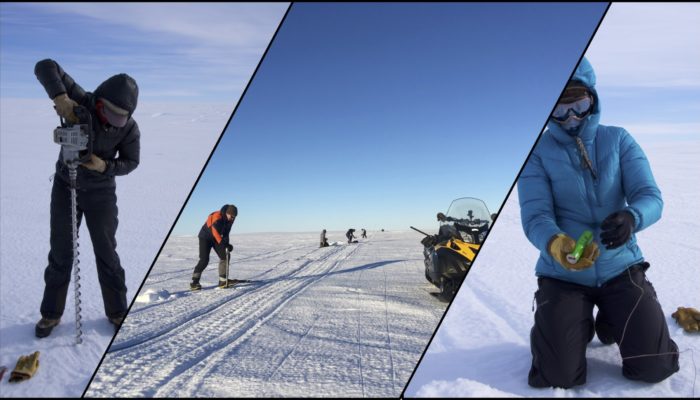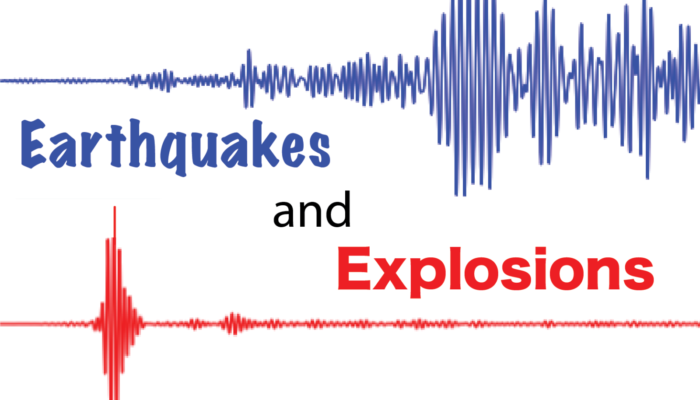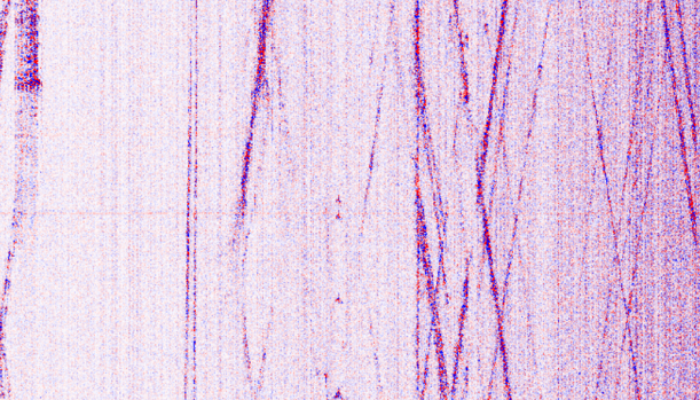For any field-based seismologist, there is nothing more satisfying than standing in a remote location, laptop in hand finalising the installation of a new broadband seismic station. In 2013 this feeling was amplified as we deployed the first, and still the only broadband seismic array in the Democratic People’s Republic of Korea (DPRK, the formal name for North Korea). That it took almost two year ...[Read More]
The Journey of an Antarctic Seismologist
Thwaites Glacier is a massive region of the West Antarctic Ice Sheet on par with the size of Pennsylvania or the island of Britain and is over a mile thick in many places. It is currently retreating rapidly and is a likely candidate to contribute the most to rapid sea-level rise over the next few decades to a century. That’s the most important point there is to make. I’m part of a large internatio ...[Read More]
Forensic Seismology: The Beirut Explosion
On August 4, 2020, the coast of Beirut, the capital of Lebanon, was rocked by an explosion caused by the blowing up of 2750 metric tons of ammonium nitrate, a chemical used in fertilizers (Figure 1). It resulted in at least 181 casualties, 6,000 injuries and 10-15 billion US dollars in damage [Ref 2]. Footage of the explosion has circulated widely: a large fire near the port’s warehouses and an in ...[Read More]
From light to waveform: how fiber-optic cables can be repurposed as seismic arrays
What is Distributed Acoustic Sensing (DAS) and why is it exciting? Any observational seismologist would agree that our understanding of subsurface structure and dynamics is in great part limited by our ability to acquire data at the right locations, with the necessary spatial and temporal resolution. However, although our ultimate objective would be to cover the Earth with high-quality, broadband ...[Read More]




